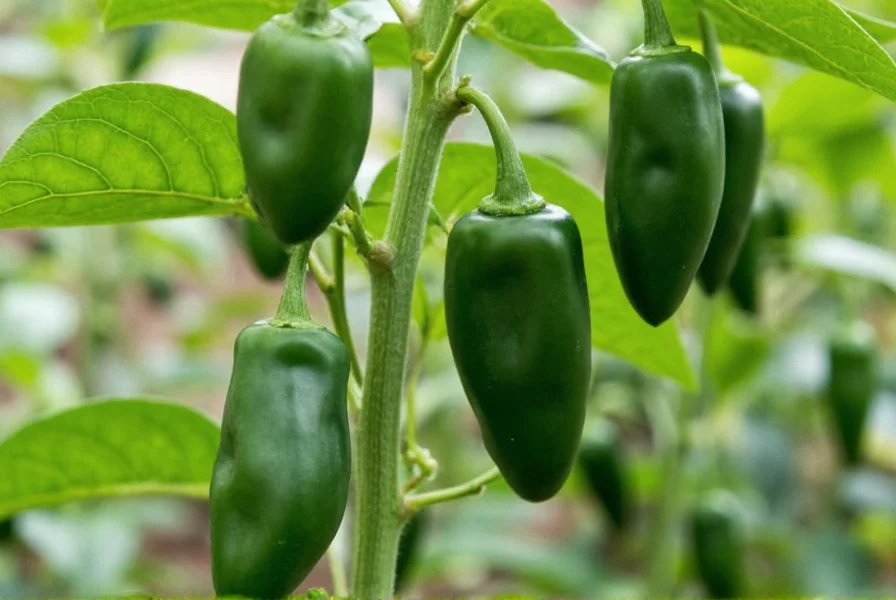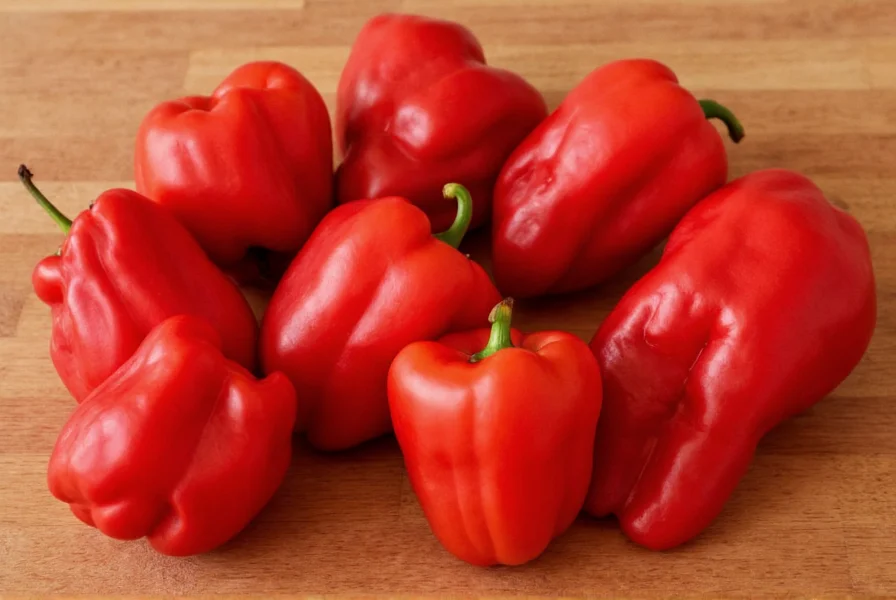Understanding the Boulder Pepper Variety
When gardeners search for pepper boulder characteristics, they're typically looking for information about this specific bell pepper cultivar that's become a favorite among home growers and small-scale farmers. The Boulder pepper (Capsicum annuum) isn't named after the Colorado city but rather describes the substantial, blocky shape of its mature fruits.
Key Features of the Boulder Pepper
Boulder peppers stand out in the garden for several distinctive qualities that make them worth considering for your vegetable patch. This variety delivers consistent performance where other bell peppers might struggle, particularly in less-than-ideal growing conditions.
| Characteristic | Details |
|---|---|
| Maturity | 68-72 days from transplant |
| Fruit Size | 3-4 inches square, 8-10 ounces |
| Color Progression | Dark green to vibrant red |
| Wall Thickness | Substantial 0.25-0.3 inches |
| Disease Resistance | Tobacco Mosaic Virus, Phytophthora |
Growing Requirements for Success
For those researching how to grow pepper boulder plants, understanding their specific needs ensures optimal production. Unlike many bell peppers that demand consistently warm conditions, Boulder demonstrates remarkable adaptability to cooler temperatures—a trait that makes it particularly valuable for gardeners in northern climates or regions with shorter summers.
Start seeds indoors 8-10 weeks before your last expected frost date. Maintain soil temperatures between 75-85°F (24-29°C) for optimal germination. When transplanting outdoors, space plants 18-24 inches apart in rows 30-36 inches apart. The best soil for pepper boulder cultivation is well-draining loam with a pH between 6.0-6.8, enriched with compost or well-rotted manure.
Consistent moisture proves critical during fruit set and development. Aim for 1-2 inches of water weekly, increasing during hot, dry periods. Mulching helps maintain soil moisture and temperature while suppressing weeds. For gardeners searching pepper boulder care tips, remember that these plants benefit from balanced fertilizer applications every 3-4 weeks during the growing season.

Harvesting and Culinary Applications
Many gardeners wonder when to harvest pepper boulder fruits. You can pick them at the green stage for standard bell pepper flavor, but allowing them to ripen fully to red significantly increases sweetness and vitamin content. Mature Boulder peppers develop impressively thick walls that hold up well to roasting, stuffing, and grilling.
The flavor profile of boulder peppers features the classic sweet bell pepper taste with minimal bitterness, making them versatile in culinary applications. Their substantial size and wall thickness make them ideal for:
- Stuffed pepper recipes
- Grilling and roasting
- Fresh salads and crudités
- Sauces and salsas
- Freezing for winter use
Common Challenges and Solutions
While researching pepper boulder problems and solutions, gardeners often encounter these common issues:
Blossom End Rot: This calcium deficiency appears as dark, sunken spots on the blossom end of developing fruits. Prevent it by maintaining consistent soil moisture and applying calcium-rich amendments like gypsum.
Pepper Maggots: These pests create small holes in fruits. Use floating row covers early in the season and practice crop rotation to minimize infestations when growing pepper boulder organically.
Slow Ripening: In cooler climates, peppers may take longer to change from green to red. Be patient—Boulder peppers continue ripening after harvest when stored at room temperature.

Comparing Boulder to Similar Varieties
Gardeners often compare boulder pepper vs california wonder when selecting varieties. While both are bell peppers, Boulder matures earlier (70 days vs 75-80 for California Wonder) and demonstrates superior disease resistance. California Wonder typically produces slightly larger fruits, but Boulder performs better in cooler conditions.
Another common comparison involves boulder pepper vs gypsy pepper. Gypsy peppers mature faster (60 days) and have thinner walls with a slightly sweeter flavor, but lack Boulder's disease resistance package. Gypsy works well for early harvests, while Boulder provides reliable production throughout the season.
Where to Find Seeds and Plants
For those searching where to buy pepper boulder seeds, numerous reputable seed companies offer this variety. Look for seed packets labeled "Boulder" with the days to maturity and disease resistance information clearly listed. Many regional seed catalogs specifically recommend Boulder for northern gardens due to its cool-weather performance.
When selecting seeds, verify they come from a reliable source with proper storage conditions. Freshness matters—pepper seeds maintain good germination rates for 2-3 years when stored properly. For gardeners wanting pepper boulder transplant tips, hardened-off plants from local nurseries provide a good starting point if you missed the indoor seeding window.
Conclusion: Why Choose Boulder Peppers?
The Boulder pepper variety delivers consistent performance where many bell peppers struggle, making it an excellent choice for gardeners in cooler climates or those seeking reliable production. Its combination of early maturity, disease resistance, and substantial fruit quality explains why this variety has remained popular for decades. Whether you're a beginner gardener searching for easy to grow pepper varieties like boulder or an experienced grower expanding your collection, Boulder peppers deserve consideration for your next garden plan.
Frequently Asked Questions
Is the Boulder pepper a hot pepper variety?
No, the Boulder pepper is a sweet bell pepper variety with zero Scoville heat units. It belongs to the same category as other bell peppers and lacks capsaicin, the compound that creates heat in chili peppers. Gardeners searching for non-spicy pepper varieties like boulder will find this cultivar completely mild and suitable for all palates.
How does the Boulder pepper perform in container gardening?
Boulder peppers adapt well to container growing when provided with proper conditions. Use a container at least 5 gallons in size with excellent drainage. When researching growing pepper boulder in containers, remember to use quality potting mix, provide consistent watering, and place containers in locations receiving 6-8 hours of direct sunlight. Container-grown plants may require more frequent fertilization than garden-planted specimens.
What makes Boulder peppers different from other bell pepper varieties?
Boulder peppers distinguish themselves through superior disease resistance (particularly to Tobacco Mosaic Virus and Phytophthora), earlier maturity than many standard bell peppers, and exceptional performance in cooler growing conditions. Gardeners searching for bell pepper varieties for northern climates like boulder appreciate its reliability where other varieties might struggle to produce.
Can I save seeds from my Boulder pepper plants for next year?
Yes, you can save seeds from Boulder peppers since it's an open-pollinated variety, not a hybrid. When researching how to save pepper boulder seeds, select fully ripe red peppers, remove the seeds, and allow them to dry thoroughly before storing in a cool, dark place. Properly stored seeds maintain viability for 2-3 years. Remember to isolate plants from other pepper varieties if you want to maintain pure seeds.










 浙公网安备
33010002000092号
浙公网安备
33010002000092号 浙B2-20120091-4
浙B2-20120091-4